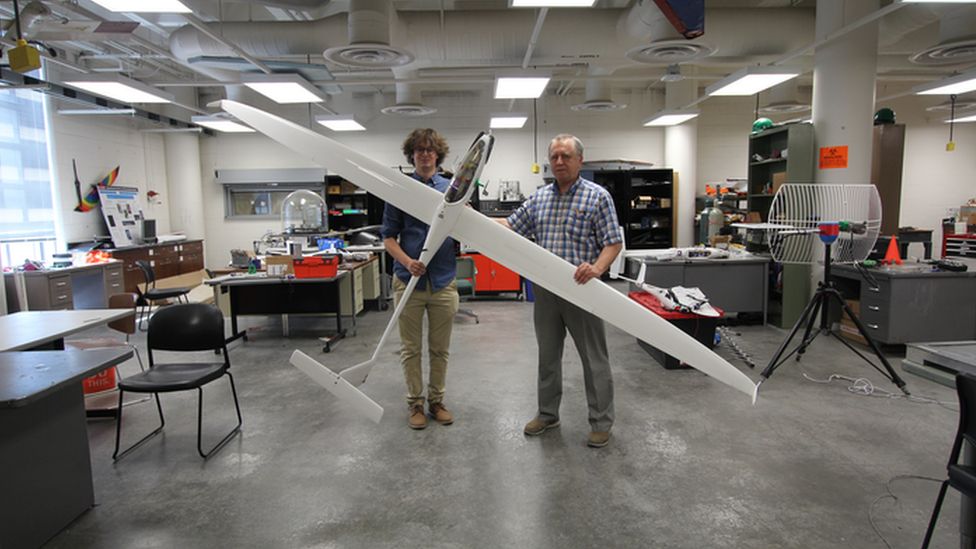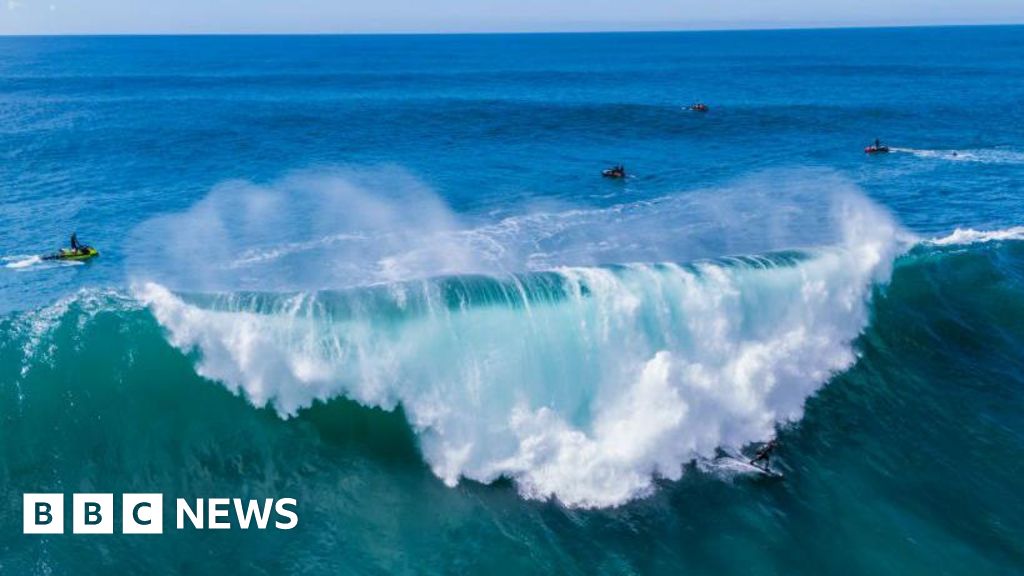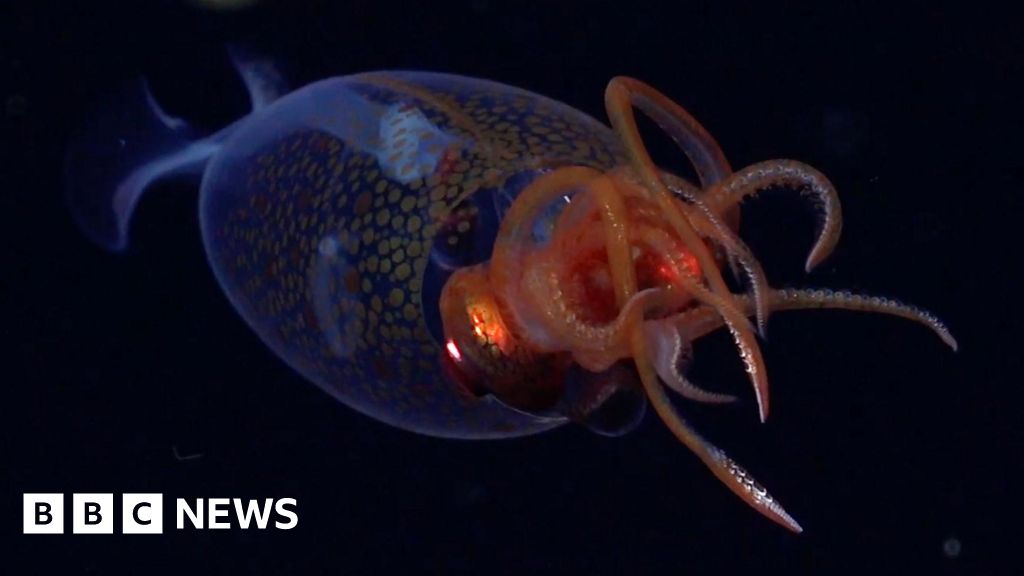ARTICLE AD BOX
By Maddie Molloy
BBC Climate and Science reporter
 Image source, University of Arizona College of Engineering
Image source, University of Arizona College of Engineering
Researchers hope to send a version of this sailplane to Mars
Scientists are designing a glider to soar over Mars for days at a time using only wind energy for propulsion.
The design is partly inspired by a technique an albatross uses in flight.
The plane has a wingspan of about 11 feet (3.4m) and will use several different flight methods to try to achieve the goal of "flying for free" without fuel.
It has been developed by University of Arizona aerospace experts and a Nasa planetary scientist.
Flight on the Red Planet is challenging due to its thin atmosphere.
Currently, there are several spacecraft orbiting Mars, recording imagery of its surface as well as ground rovers mapping small areas of the planet.
However, the atmosphere and interesting geological features like volcanoes can't be easily accessed by space or land craft.
Nasa's Ingenuity - a small helicopter - has made several flights on Mars but the solar-powered drone is regarded as a technology demonstration, flying for only short periods of time just above the ground.
"You have this really important, critical piece in this planetary boundary layer, like in the first few kilometres above the ground," said Alexandre Kling, a research scientist in Nasa's Mars Climate Modeling Center.
"This is where all the exchanges between the surface and atmosphere happen... and we just don't have very much data about it."
Image source, University of Arizona College of Engineering
Image caption,The Mars sailplanes will carry navigation sensors, a camera and temperature and gas sensors
While these other forms of transport have been partly limited by power needs, the glider would use energy available in the atmosphere itself, explained Adrien Bouskela, an aerospace engineering doctoral student at the University of Arizona.
"It's kind of a leap forward in those methods of extending missions," he said.
"Because the main question is: How can you fly for free? How can you use the wind that's there, the thermal dynamics that are there, to avoid using solar panels and relying on batteries that need to be recharged?"
Image source, Getty Images
Image caption,The flight of an albatross - one of the designers' inspirations
One of the methods the glider will use is a technique employed by the albatross, called dynamic soaring, which takes advantage of the way wind speed changes with altitude. This technique could allow a glider to fly for hours or even days at a time, say the researchers.
The team has already run extensive low-altitude test flights and will run its first 15,000ft (4,572m) high-altitude test this August, after which it has its sights on much higher altitudes with some characteristics akin to the skies above Mars.
The scientists are considering different methods of getting the gliders into the atmosphere, including launching them from spacecraft or from balloons or blimps. Once they land they would not end up as trash, but would continue to relay information back as static "weather stations".
They are hoping that Nasa will fund the trip to Mars and let them "catch a ride" on one of its missions.

 2 years ago
36
2 years ago
36








 English (US) ·
English (US) ·